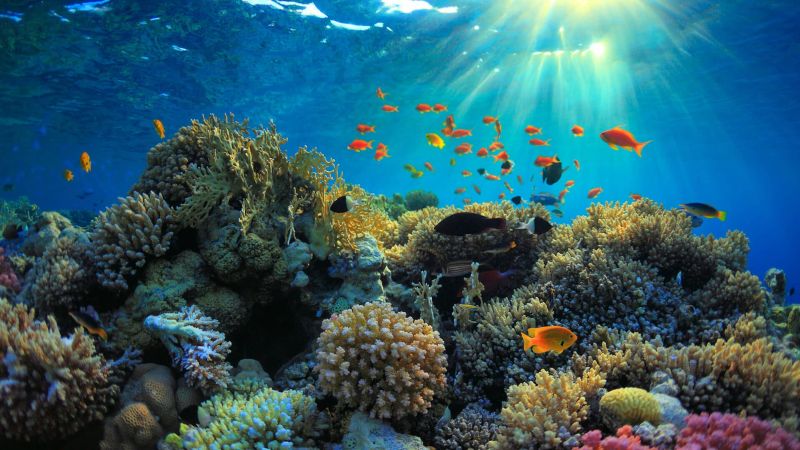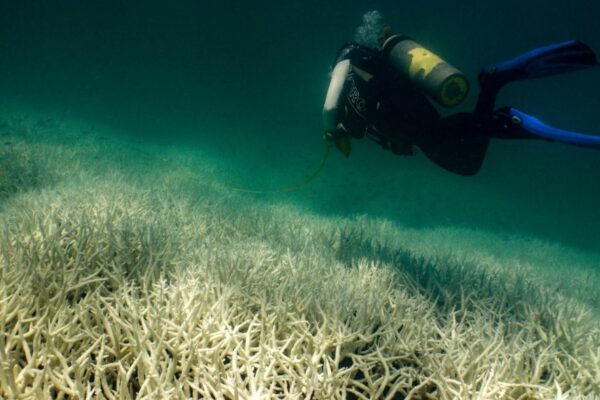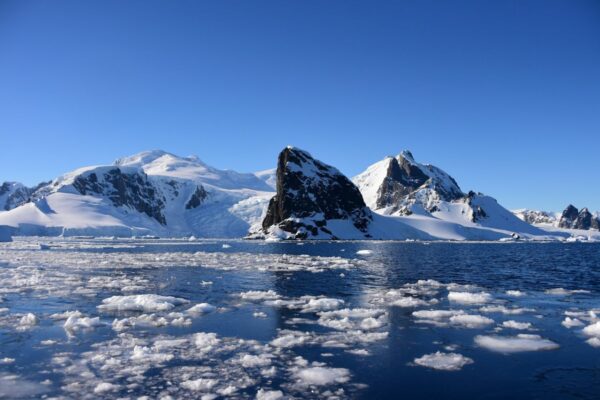Scientific Methods to Resuscitate Marine Life Amid Rising Temperatures
In a race against time, scientists are working hard towards the regeneration of ocean life and preventing it from perishing amid the global warming and changing climatic crisis. As per the Sustainable Development Goal 14 of the United Nations, researchers have put together a 30-year plan to “conserve and sustainably use the oceans, seas and marine resources for sustainable development”.
To achieve this goal, scientists need to rebuild the marine life-support systems that deliver the many benefits that society receives from a healthy ocean. The recovery of marine populations, habitats and ecosystems following various conservation interventions.
Sea temperatures have been rising faster than the global average rate. Rapid warming, increasing acidification, plastic pollution, and growing dead zones in the oceans have destroyed many marine ecosystems.
Rebuilding Marine Life
Despite the damage mankind has inflicted upon thousands of terrestrial and marine species, the scientists believe that underwater ecosystems can be restored and become thriving again. The new plan notes that given the chance to recover, the marine species can be replenished within a generation.
We are at a point where we can choose between a legacy of a resilient and vibrant ocean or an irreversibly disrupted ocean. Our study documents recovery of marine populations, habitats and ecosystems following past conservation interventions. It provides specific, evidence-based recommendations to scale proven solutions globally.
Marine scientist Carlos Duarte, from the King Abdullah University of Science and Technology (KAUST) in Saudi Arabia, said.
Durate and his fellow scientists have studied various researches, reports and statistics to measure the health of the oceans, finding that half of the marine life populations have suffered a decline over the last four decades.

Scientific methods to regenerate coral reefs amid the rising ocean temperatures / Image: andBeyond
Salt marshes, mangroves, seagrasses, coral reefs, kelp, oyster reefs, fisheries, megafauna, and the deep sea are the nine key components to form the basis of a recovery plan.
The Zoological Survey of India (ZSI) has installed solar-powered biorocks to regenerate coral reefs in the Gulf of Kutch. It is the country’s first such system and one more would be installed in another 15 days.
According to the lead coral scientist of the project, Dr. Chowdula Satyanarayana, two solar panels were installed on a floating buoy to transmit energy to the biorocks. These biorocks are steel structures installed on the seabed and connected to the solar panels.
Crossbreeding Corals
Global warming has endangered many wildlife species, especially the coral reef. The increasing oceanic temperature has spiked the acidic elements in the water, which have been slowly killing these beautiful ecosystems. About 75% of the planet’s tropical coral reefs suffered heat-induced bleaching during a global ocean heatwave.
The acidification of ocean waters has significantly bleached over the coral reefs. The Great Barrier Reef has suffered a third mass coral bleaching episode in the past five years, with a very widespread. Mass bleaching events in 2016 and 2017 hit vast areas of the reef.
At Townsville’s tropical marine research centre, scientists from the Australian Institute of Marine Science are looking at how so-called super corals (corals that can resist increased water temperatures) could be used to save the reefs. About 25 strains of coral are being crossbred with the same or different species.
The research is being carried out in the National Sea Simulator, the world’s most advanced research aquarium and exhibit that young coral offspring – produced from mixing corals from various parts of the reef – can survive in warmer sea temperatures.
This method is called “assisted gene flow”. The hybrids have one parent from the northern parts and one parent from the central reefs, and the result reveal that corals with at least one parent from the more heat-resistant northern reefs survive when placed in cooler environments.
The research has also confirmed that the offspring inherit heat tolerance from their northern parents, and these genes may eventually be passed on to make reefs more heat resistant.
Middle East Corals Remain Unaffected
Despite rising sea temperatures faster than the global average rate, no mass bleaching events have occurred in the northern Red Sea.
According to Anders Meibom, a geochemist running the Laboratory for Biological Geochemistry at the Ecole Polytechnique Fédérale de Lausanne and Institute of Earth Sciences in Switzerland, coral reefs in the Gulf of Aqaba seems to be unaffected by the increasing temperatures.
Not only are these corals proving resilient, but actually appear to do better in warmer waters. In some cases, their symbiotic algae doubled the amount of oxygen they produced and showed a 51% increase in primary productivity.


